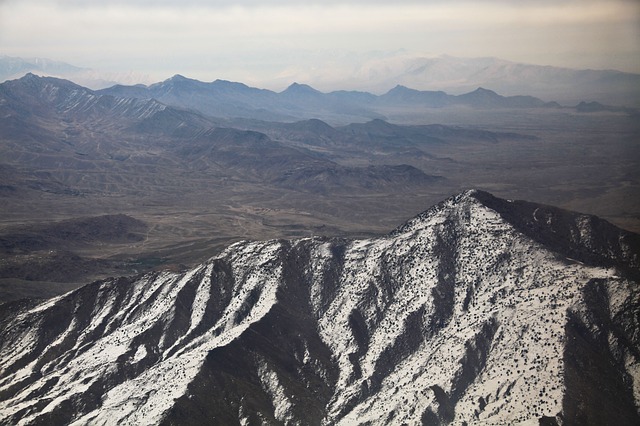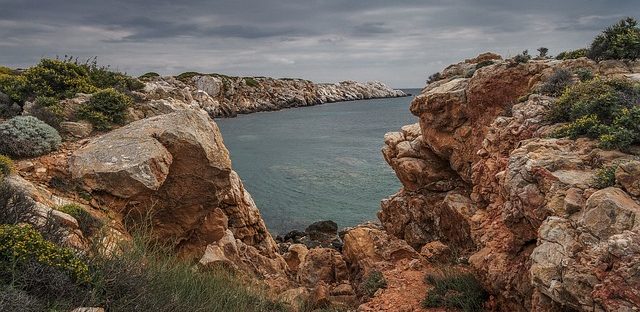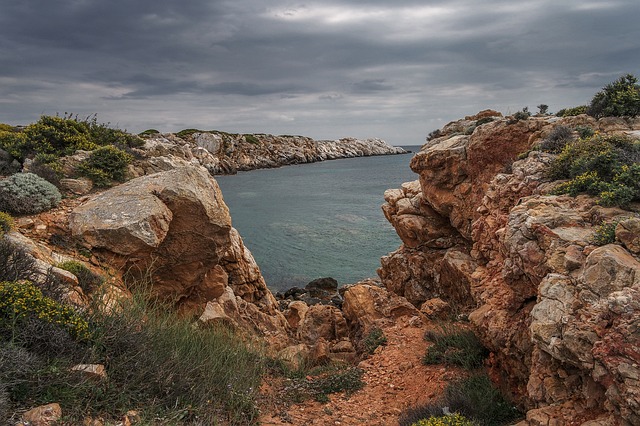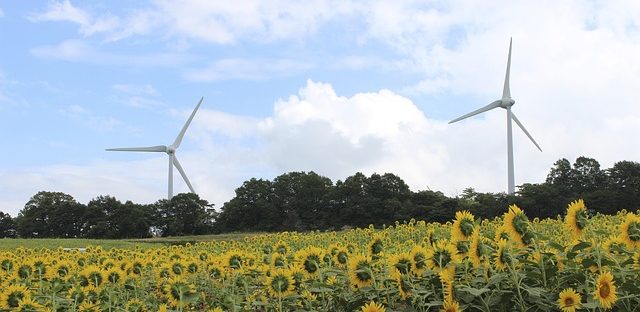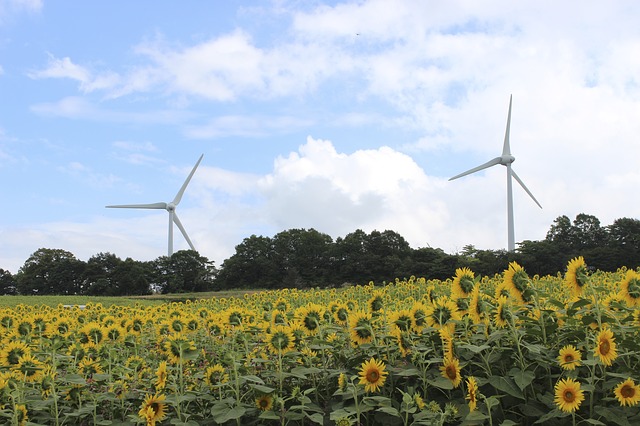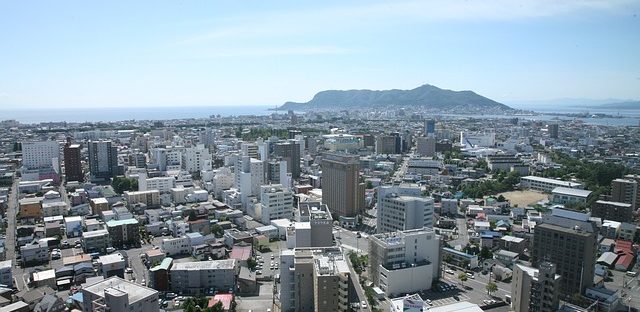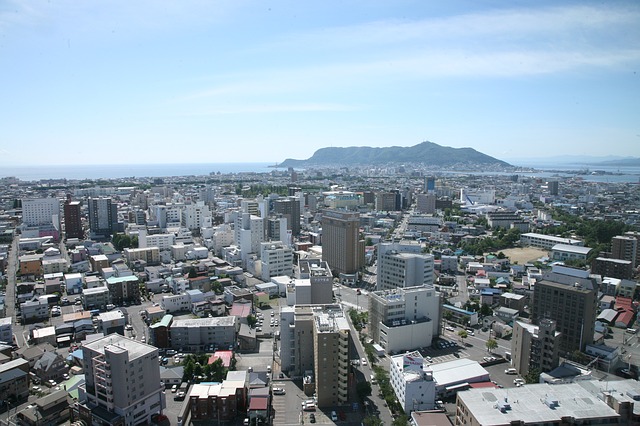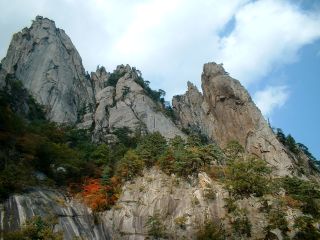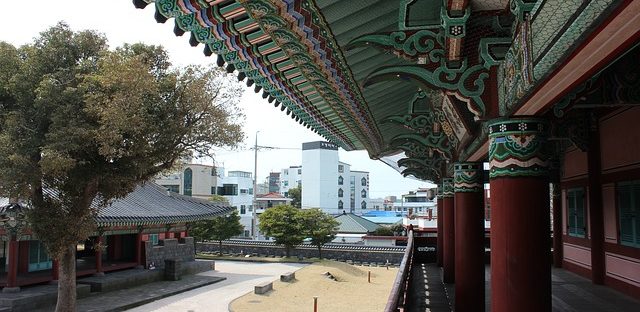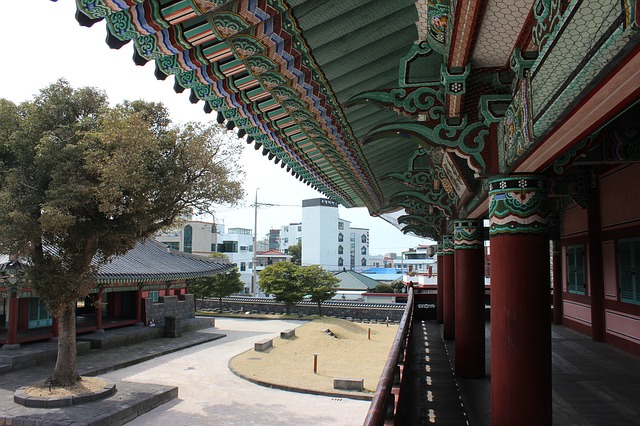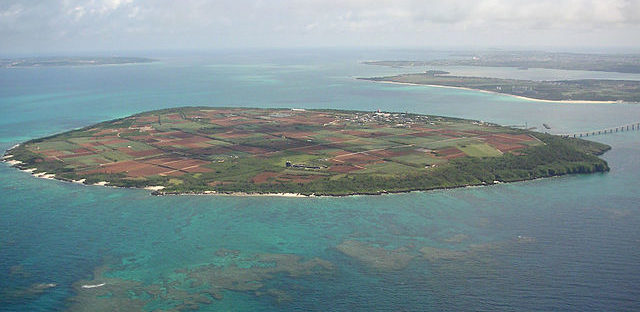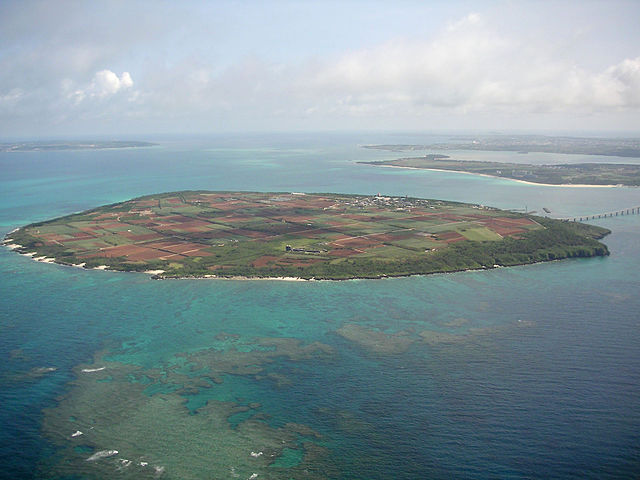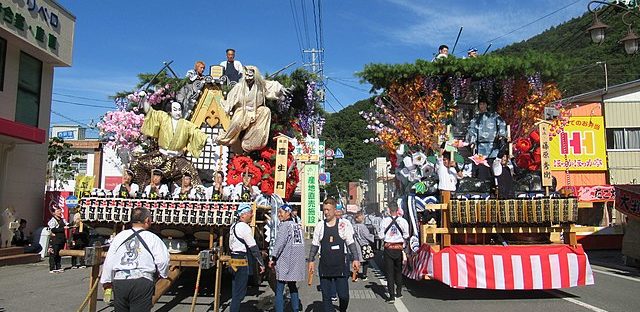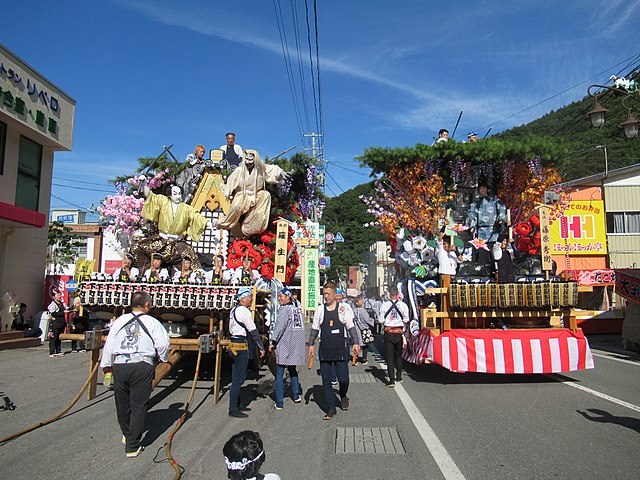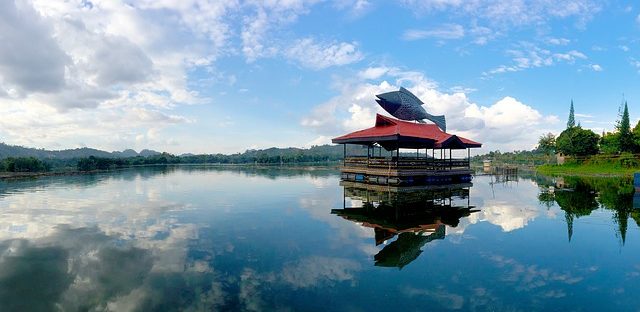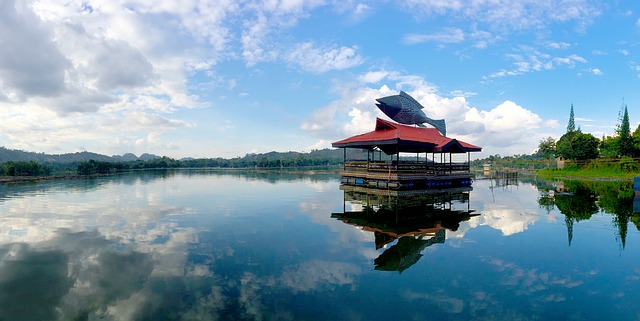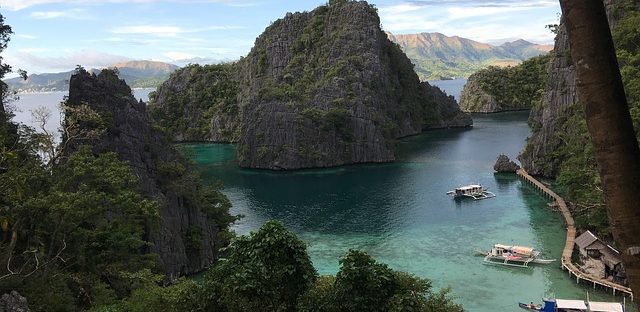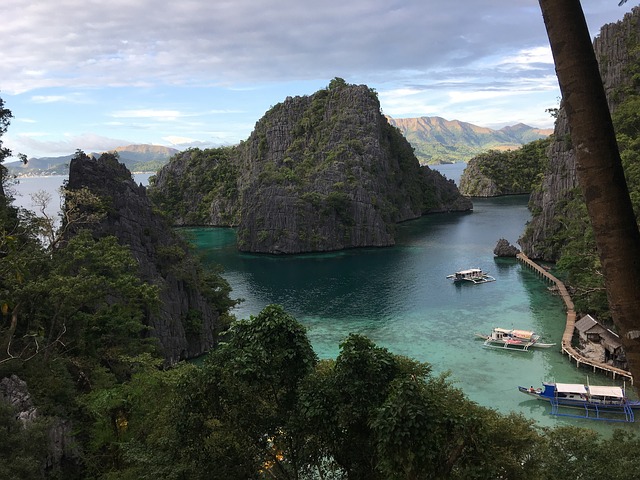- Target: To supply power to remote communities.
- Status: In progress - The Bamiyan Renewable Energy Program (BREP) developed a large-scale, solar photovoltaic (PV) mini-grid, and by 2017 began generating 1 MW of electricity to more than 3,500 businesses, homes and government offices.
- RES: Solar PV with battery storage and diesel backup. BREP uses a prepaid, pay-as-you-go model to collect revenue, with each house being equipped with a digital meter.
- Implementation: The mini-grid was funded by the New Zealand Ministry of Foreign Affairs and Trade and built by a joint venture of two New Zealand companies, Sustainable Energy Services International (SESI) and NetCon. After construction, project developers transferred the system to Da Afghanistan Breshna Sherkat (DABS), Afghanistan’s national utility that now owns and operates the system. SESI and NetCon helped DABS operate the system for the first year after installation.
- Population: 100,000
- Area: 35 km²
- Link: After the Taliban: taking solar energy to remote parts of Afghanistan
